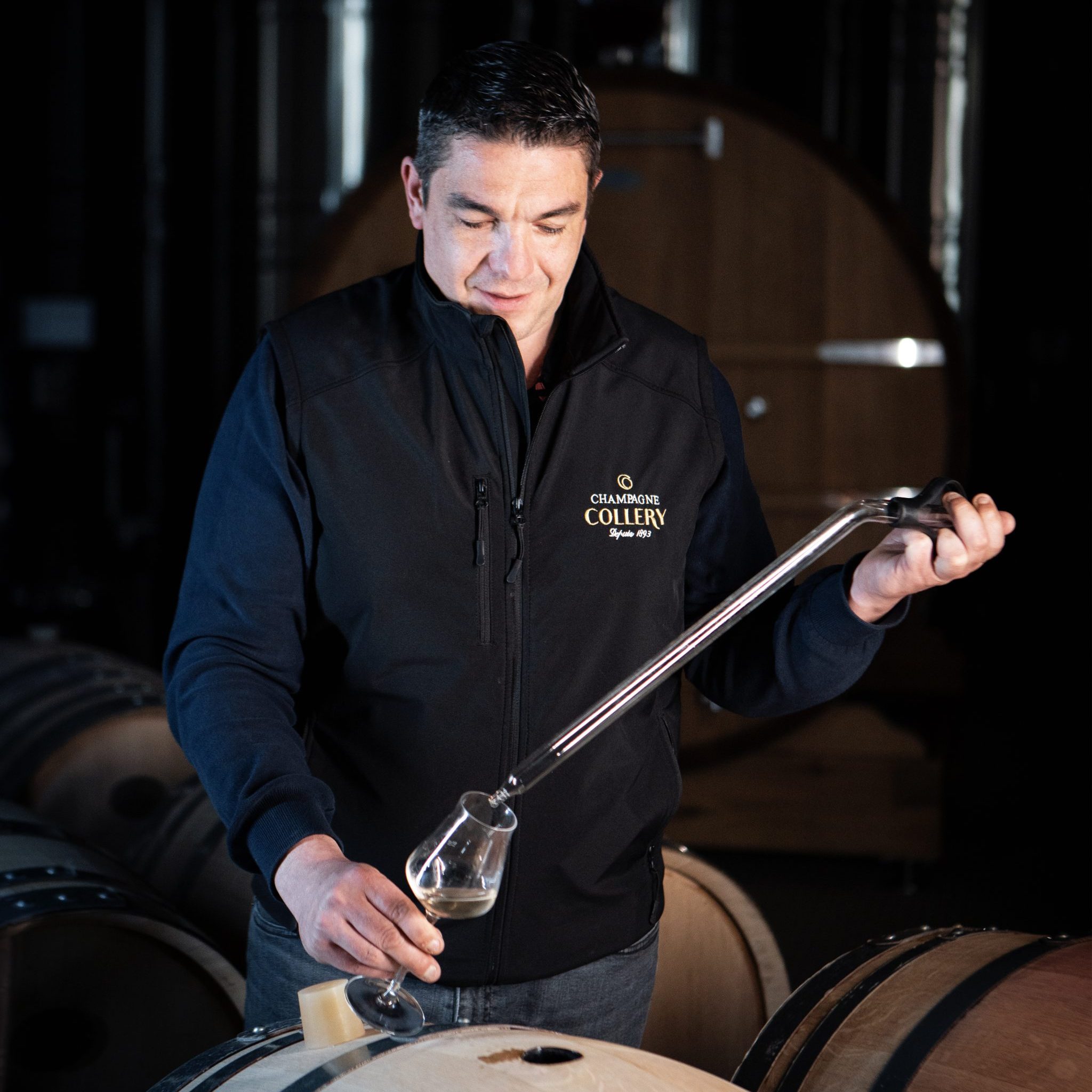Points take on greater importance for prestige cuvées
By Patrick SchmittScores from the leading wine critics are becoming increasingly important for the sales performance of prestige cuvée Champagne according to June’s edition of the drinks business.
Richard Juhlin is considered by some to be the Parker of Champagne
An in-depth article by Lucy Shaw shows how the views of commentators such as Antonio Galloni, Richard Juhlin, Tom Stevenson, Essi Avellan and Michael Edwards can not only affect the success of a new vintage release, but also the approach by producers.
Indeed, Lucy suggests that the decision by Krug not to release its Clos du Mesnil 1999, even though the famous house had bottled and labelled the wine, was most likely motivated by the fear of a poor score from any of the leading critics.
The piece also questions who among the names above is the most influential in Champagne, and asserts that Richard Juhlin, who is about to release a book on the region entitled Eight Thousand Champagnes, and even makes his own Champagne glass, may be the Robert Parker of Champagne.
“Juhlin is massively on our radar: our clients want to know what he thinks and we’ve taken to headlining with his scores and tasting notes on our website, as those are the scores people care about, particularly our Scandinavian customers,” says Gareth Birchley of fine wine merchant Bordeaux Index.
Meanwhile, Simon Field MW, Champagne buyer for Berry Bros & Rudd, believes that a consensus of opinion is necessary for Champagne, and identifies the varying traits of the top commentators.
“Juhlin is the most important internationally, Avellan is the most up-and-coming, Stevenson has the greatest depth of knowledge and Edwards is the most underrated,” he says.
Notably, the rising role of scores in influencing prestige cuvée sales, not just brand loyalty and price, could be lifting Champagne’s top growers from obscurity to international recognition.
Partner Content
For example, Field notes that growers Cédric Bouchard and De Sousa are commanding increasingly higher prices and enjoying a greater following after getting good scores from Parker’s Champagne critic, Galloni.
“De Sousa’s Cuvée des Caudalies is selling really well and gaining an almost Selosse-like reputation, especially in the Far East,” he says.
It’s also believed that encouraging an en primeur market for top Champagnes, with an early release of a proportion of each vintage’s stock at slighly lower prices, would encourage further interest in points and commentators’ opinions.
However, as previoulsy identified by the drinks business, the trend appears to be going the other way, with houses holding back an increasing percentage of stock for extended ageing in their own cellars, and then release at higher prices.
The article also considers pricing according to perceived vintage quality, and incorporates graphs and tables to show the top 10 Parker-rated vintage Champagnes and the average scores of leading fine wines and Champagnes across the last five vintages.
To read the article see the June issue of the drinks business, pages 26-38.




